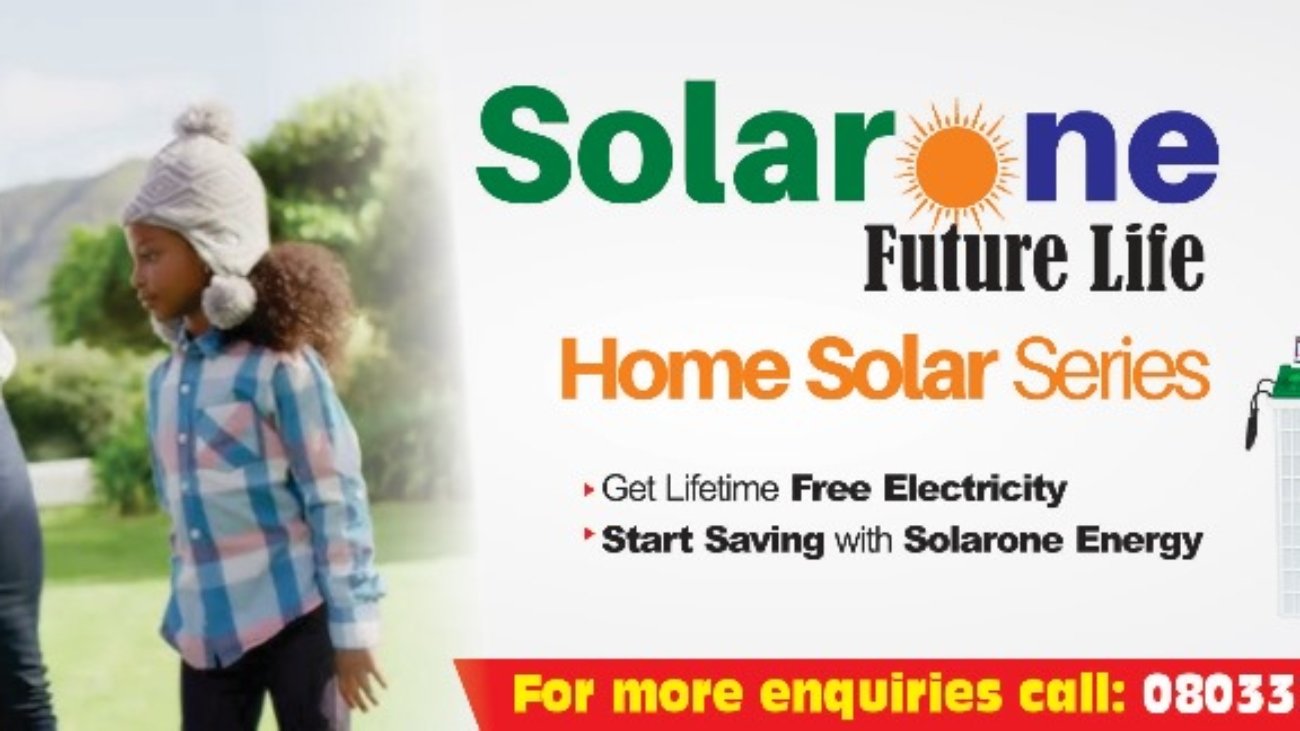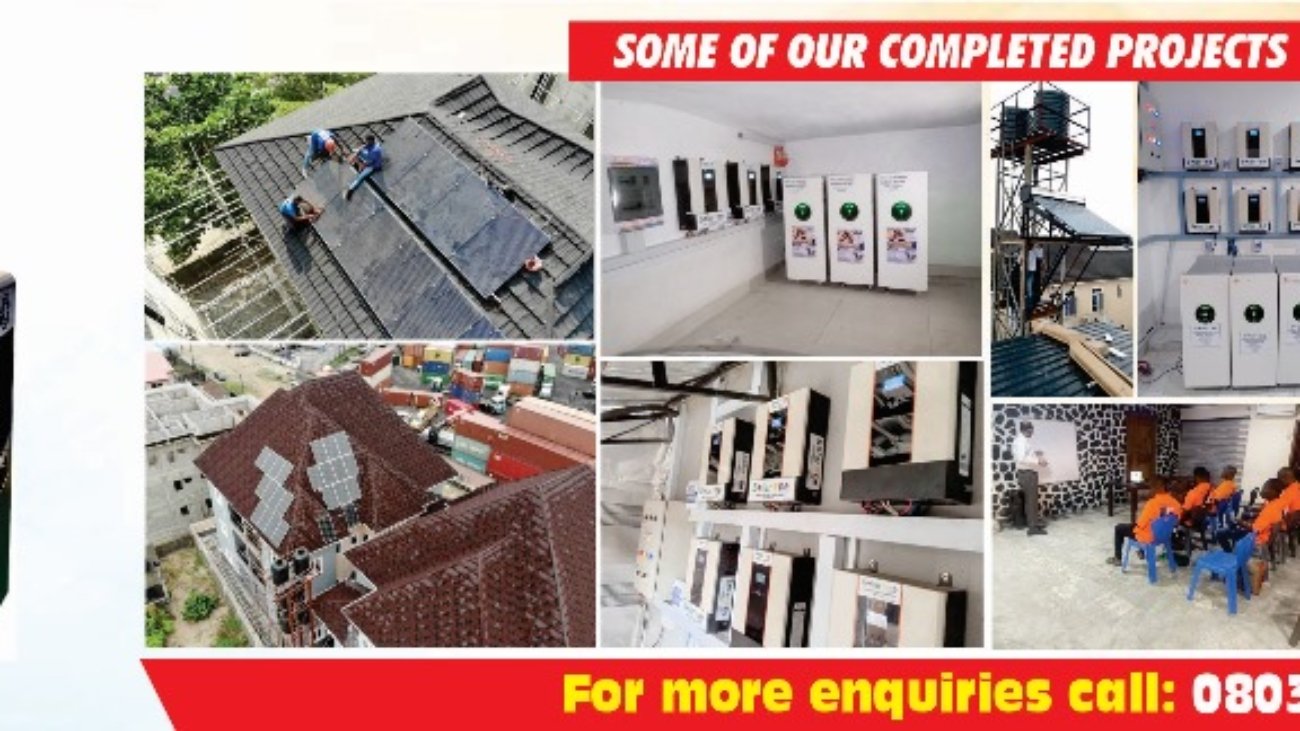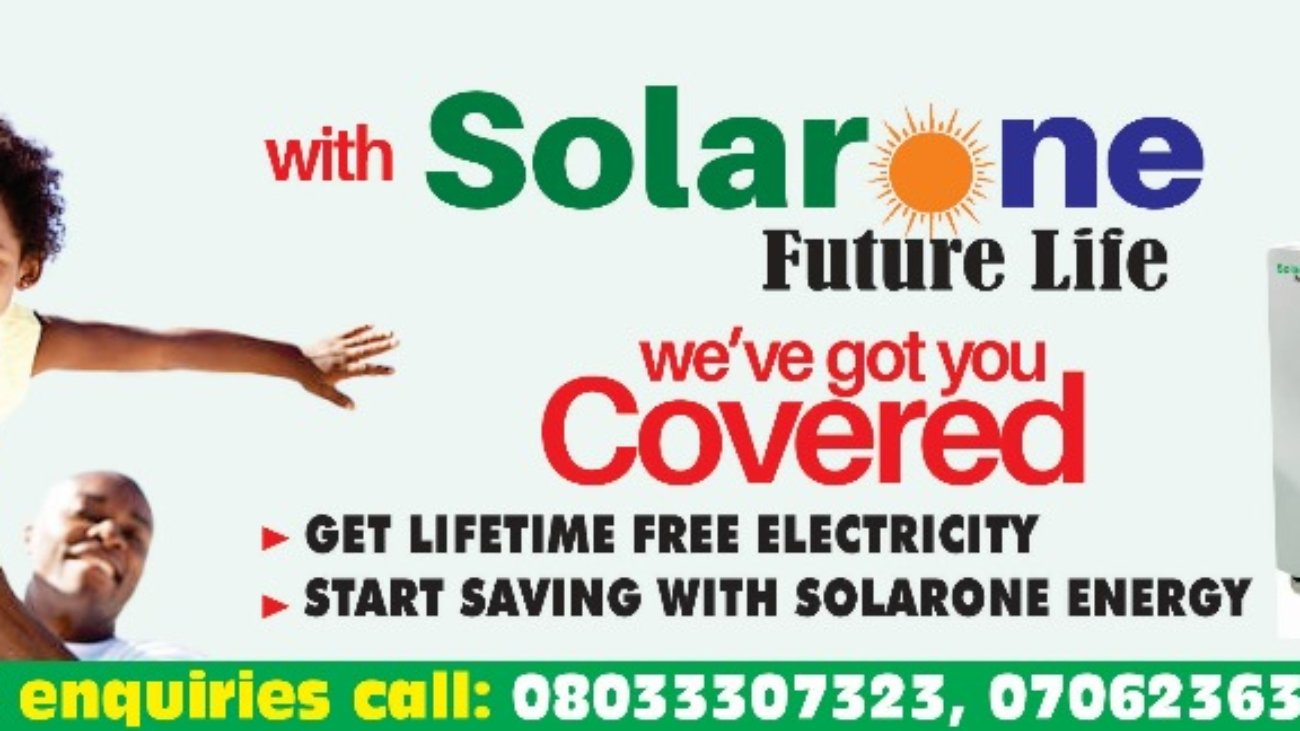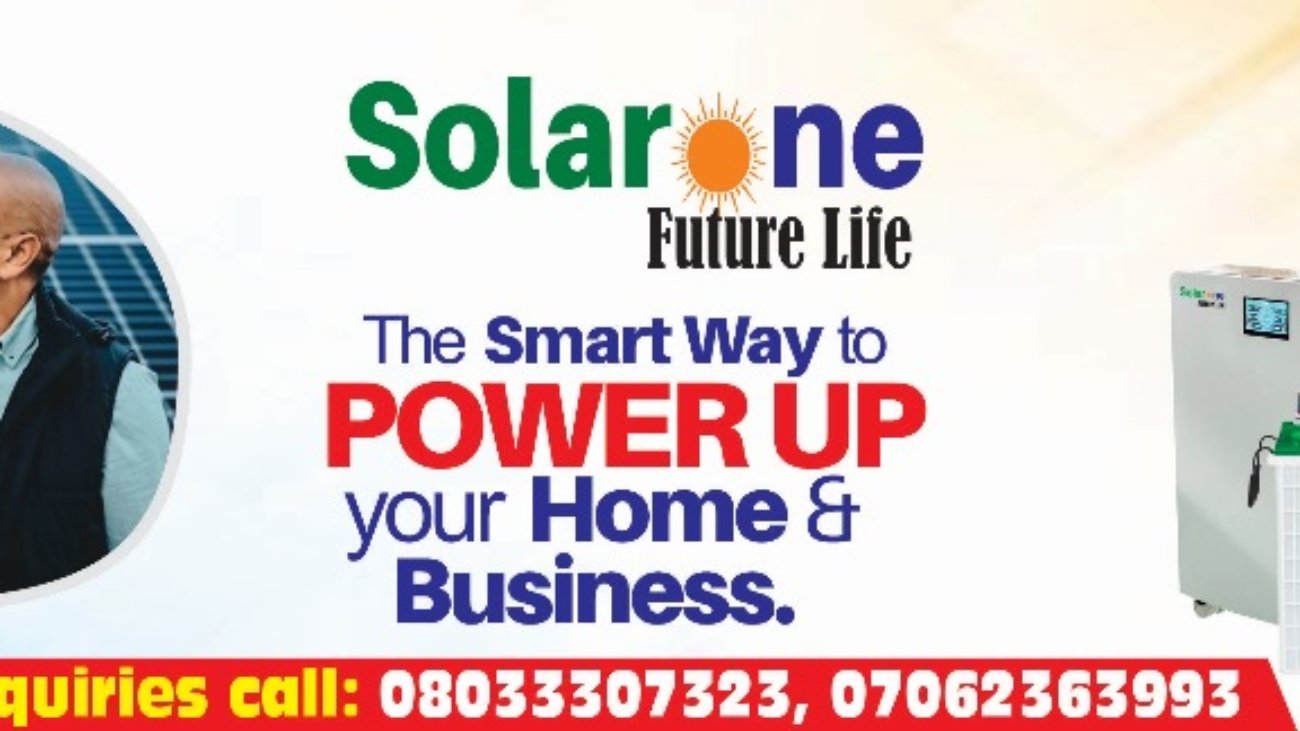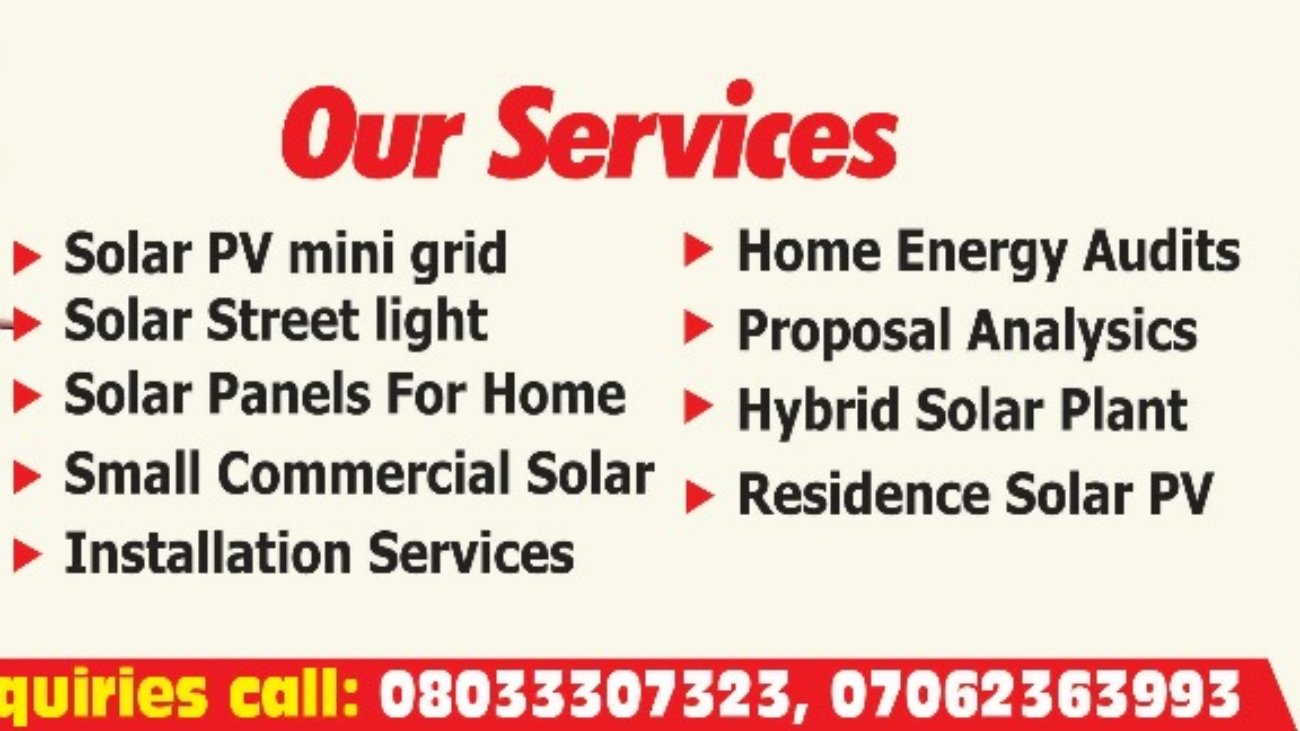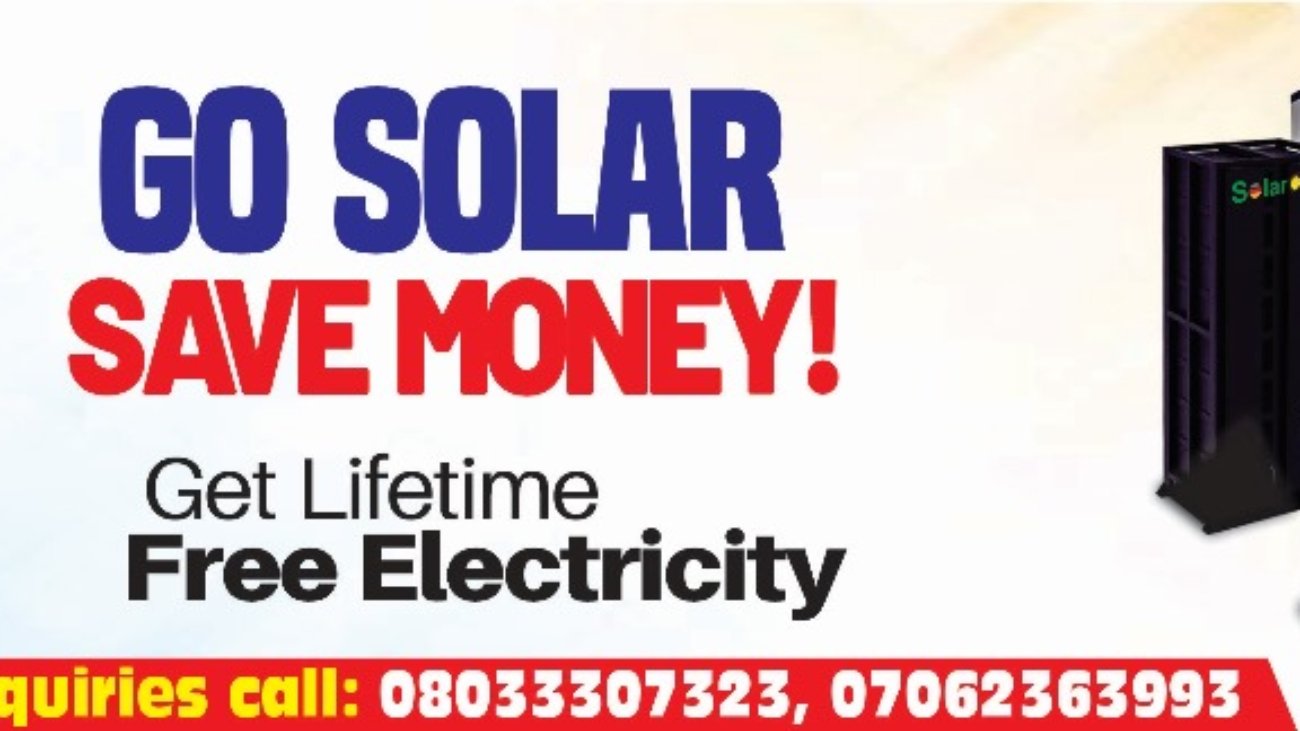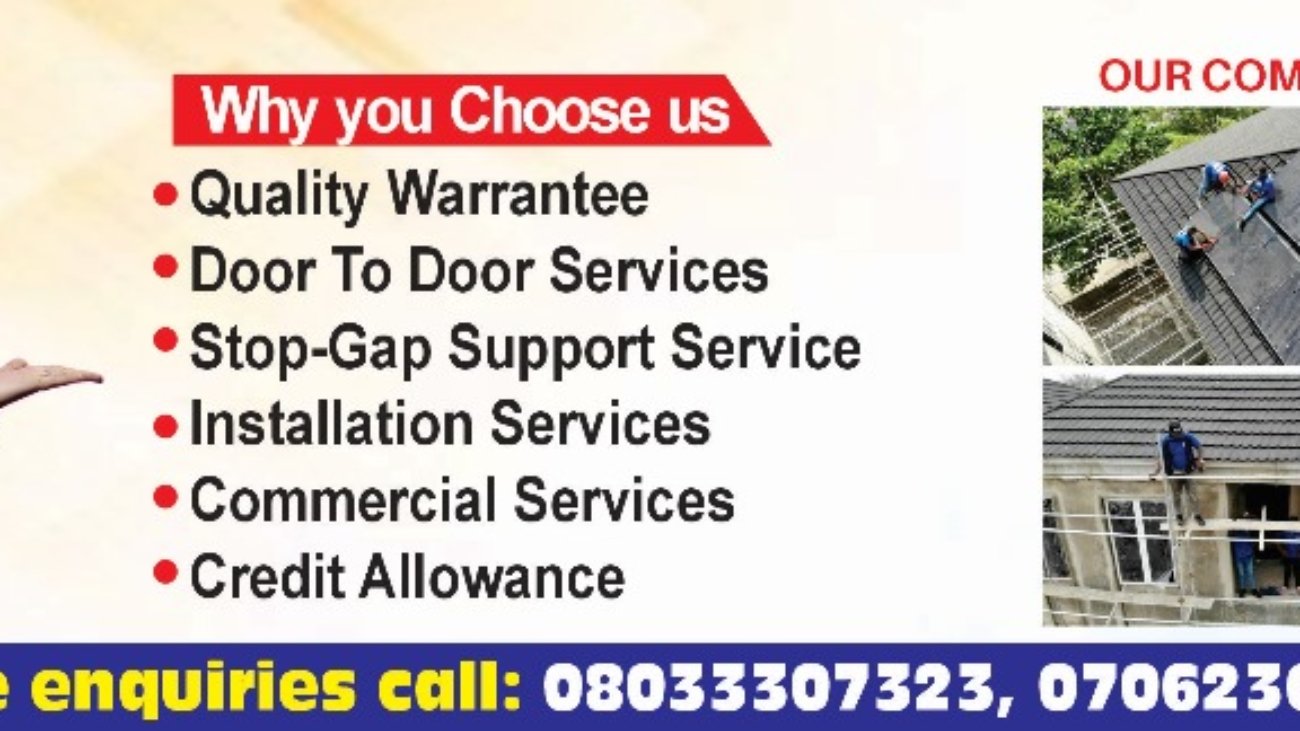Lowering Energy Bills with Solar Panels
Switching to solar panels isn’t just about saving the planet; it’s about saving your hard-earned money too. If you’ve ever winced at your energy bill, solar panels might just be the superhero your wallet needs. Let’s dive into how these eco-friendly marvels can help you slash those monthly costs while keeping your home powered up.
Cutting Down on Monthly Costs
When you install solar panels, you’re essentially creating your own mini power plant on your roof. The energy your panels generate directly powers your home, reducing how much electricity you pull from the grid. This means fewer dollars spent on traditional energy sources and more savings for you. Over time, the amount you save can add up significantly, even helping you offset the initial installation cost.
Have you noticed how energy prices tend to climb year after year? Solar panels protect you from these increases. Since sunlight is free (and doesn’t send you a bill), you can generate power at a steady, predictable cost. It’s like locking in your energy rate for the next 20 years or more—a pretty sweet deal, right?
Taking Advantage of Net Metering
Here’s where it gets even better: net metering. This nifty system allows you to send any excess energy your panels produce back to the grid. In return, you get credits on your energy bill. Picture this: on sunny days, your panels might generate more power than you need, and your utility company essentially pays you for it. Then, on cloudy days or at night, you use those credits instead of paying out of pocket.
Think of net metering like a piggy bank for energy. The more sunshine you save, the less you pay when the sun isn’t shining. Not all areas offer net metering, so it’s worth checking with your utility provider, but where it’s available, it’s a fantastic way to stretch your savings even further.
Long-Term Benefits: More Money in Your Pocket
While the upfront cost of solar panels can seem intimidating, they’re an investment that pays off over time. Most systems last 25 to 30 years, and by the time they’ve paid for themselves in savings—usually within 5 to 10 years—you’re looking at decades of free or nearly-free electricity. Plus, many governments and local organizations offer tax incentives or rebates to reduce your initial costs. That’s like getting paid to save money.
Imagine what you could do with the money saved on energy bills: a dream vacation, home renovations, or just extra peace of mind knowing you’ve got lower monthly expenses. Solar panels give you the power (literally and figuratively) to take control of your finances in a way that feels surprisingly effortless.
Living Greener Can Be Cheaper Too
You’re not just saving money with solar panels—you’re saving the environment, too. Every kilowatt-hour of solar energy you produce means less fossil fuel burned by power plants. That’s good for the planet and good for your conscience. While the environmental benefits might not show up directly on your bill, knowing you’re part of the solution makes those savings feel even better.
And if you’re worried about maintaining solar panels, don’t be! They require minimal upkeep. An occasional rinse to remove dirt or debris is often all it takes. In exchange, you enjoy years of reliable, cost-saving energy without much hassle.
Solar Savings Shine Bright
Lowering your energy bills with solar panels isn’t a pipe dream; it’s a practical, proven way to save money. From cutting monthly costs and leveraging net metering to enjoying long-term benefits, solar panels deliver on every front. Plus, the added bonus of reducing your carbon footprint makes them an all-around win.
If you’ve been on the fence about going solar, think about your energy bill a year from now—or even five years from now. Do you want to keep paying more for the same power, or would you rather generate your own energy and keep more money in your pocket? Solar panels make it easy, affordable, and rewarding to choose the latter.
Your future self will thank you every time the sun shines—and your wallet will too!

